Alireza Nasiri
Unsupervised Object Representation Learning using Translation and Rotation Group Equivariant VAE
Oct 24, 2022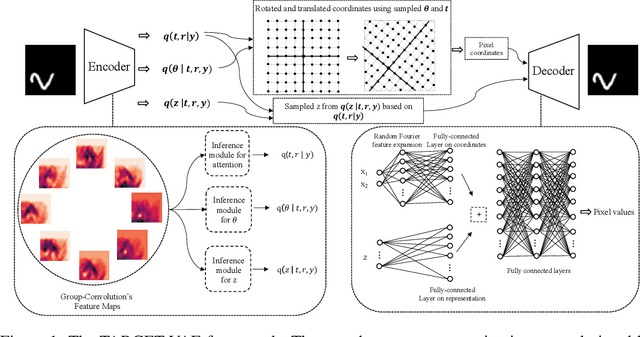


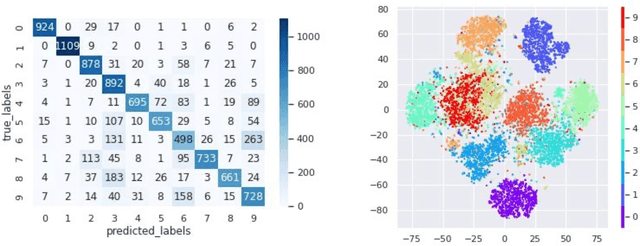
Abstract:In many imaging modalities, objects of interest can occur in a variety of locations and poses (i.e. are subject to translations and rotations in 2d or 3d), but the location and pose of an object does not change its semantics (i.e. the object's essence). That is, the specific location and rotation of an airplane in satellite imagery, or the 3d rotation of a chair in a natural image, or the rotation of a particle in a cryo-electron micrograph, do not change the intrinsic nature of those objects. Here, we consider the problem of learning semantic representations of objects that are invariant to pose and location in a fully unsupervised manner. We address shortcomings in previous approaches to this problem by introducing TARGET-VAE, a translation and rotation group-equivariant variational autoencoder framework. TARGET-VAE combines three core innovations: 1) a rotation and translation group-equivariant encoder architecture, 2) a structurally disentangled distribution over latent rotation, translation, and a rotation-translation-invariant semantic object representation, which are jointly inferred by the approximate inference network, and 3) a spatially equivariant generator network. In comprehensive experiments, we show that TARGET-VAE learns disentangled representations without supervision that significantly improve upon, and avoid the pathologies of, previous methods. When trained on images highly corrupted by rotation and translation, the semantic representations learned by TARGET-VAE are similar to those learned on consistently posed objects, dramatically improving clustering in the semantic latent space. Furthermore, TARGET-VAE is able to perform remarkably accurate unsupervised pose and location inference. We expect methods like TARGET-VAE will underpin future approaches for unsupervised object generation, pose prediction, and object detection.
SoundCLR: Contrastive Learning of Representations For Improved Environmental Sound Classification
Mar 02, 2021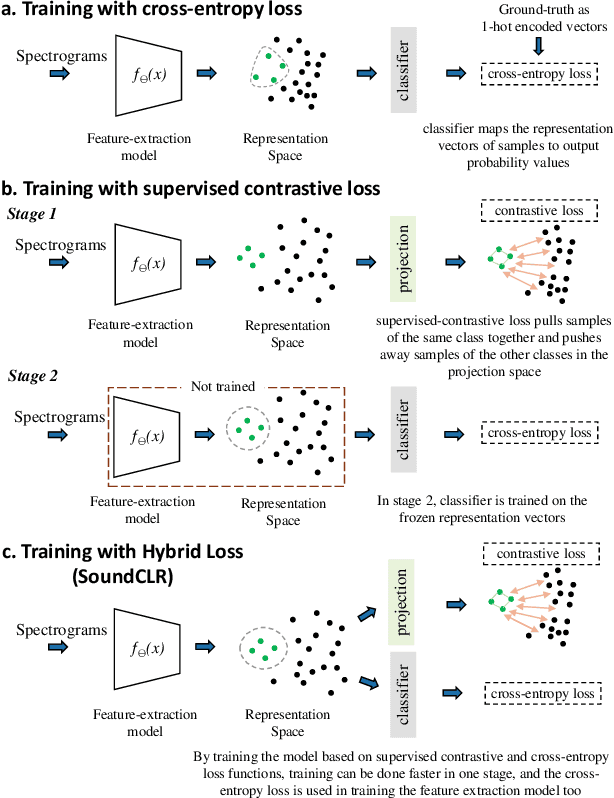

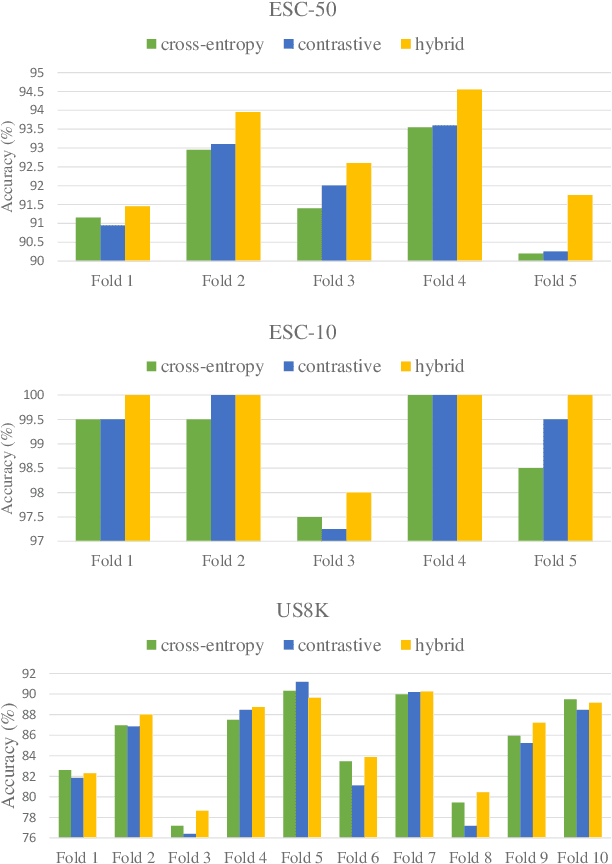

Abstract:Environmental Sound Classification (ESC) is a challenging field of research in non-speech audio processing. Most of current research in ESC focuses on designing deep models with special architectures tailored for specific audio datasets, which usually cannot exploit the intrinsic patterns in the data. However recent studies have surprisingly shown that transfer learning from models trained on ImageNet is a very effective technique in ESC. Herein, we propose SoundCLR, a supervised contrastive learning method for effective environment sound classification with state-of-the-art performance, which works by learning representations that disentangle the samples of each class from those of other classes. Our deep network models are trained by combining a contrastive loss that contributes to a better probability output by the classification layer with a cross-entropy loss on the output of the classifier layer to map the samples to their respective 1-hot encoded labels. Due to the comparatively small sizes of the available environmental sound datasets, we propose and exploit a transfer learning and strong data augmentation pipeline and apply the augmentations on both the sound signals and their log-mel spectrograms before inputting them to the model. Our experiments show that our masking based augmentation technique on the log-mel spectrograms can significantly improve the recognition performance. Our extensive benchmark experiments show that our hybrid deep network models trained with combined contrastive and cross-entropy loss achieved the state-of-the-art performance on three benchmark datasets ESC-10, ESC-50, and US8K with validation accuracies of 99.75\%, 93.4\%, and 86.49\% respectively. The ensemble version of our models also outperforms other top ensemble methods. The code is available at https://github.com/alireza-nasiri/SoundCLR.
Active learning based generative design for the discovery of wide bandgap materials
Feb 28, 2021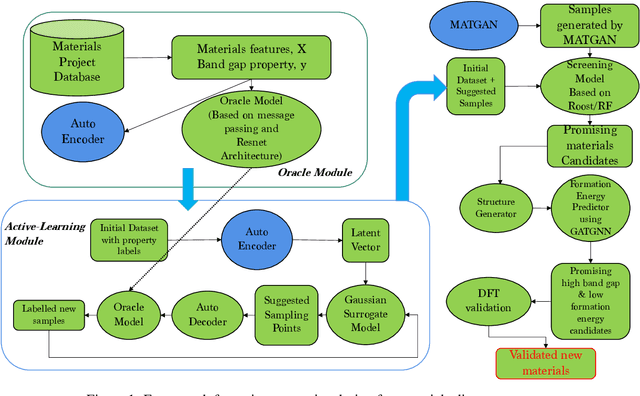

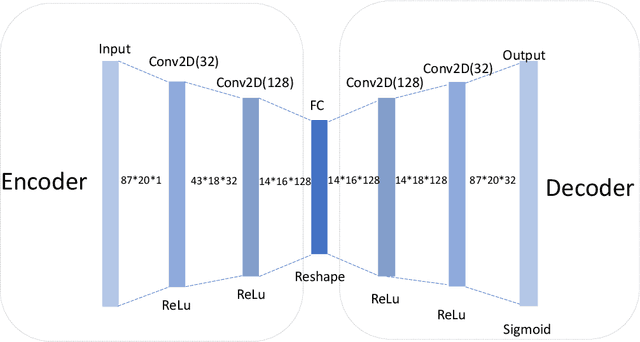
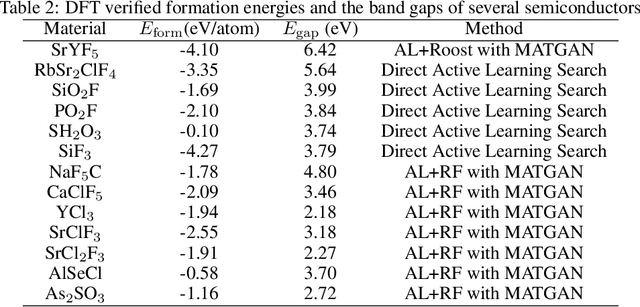
Abstract:Active learning has been increasingly applied to screening functional materials from existing materials databases with desired properties. However, the number of known materials deposited in the popular materials databases such as ICSD and Materials Project is extremely limited and consists of just a tiny portion of the vast chemical design space. Herein we present an active generative inverse design method that combines active learning with a deep variational autoencoder neural network and a generative adversarial deep neural network model to discover new materials with a target property in the whole chemical design space. The application of this method has allowed us to discover new thermodynamically stable materials with high band gap (SrYF$_5$) and semiconductors with specified band gap ranges (SrClF$_3$, CaClF$_5$, YCl$_3$, SrC$_2$F$_3$, AlSCl, As$_2$O$_3$), all of which are verified by the first principle DFT calculations. Our experiments show that while active learning itself may sample chemically infeasible candidates, these samples help to train effective screening models for filtering out materials with desired properties from the hypothetical materials created by the generative model. The experiments show the effectiveness of our active generative inverse design approach.
NODE-SELECT: A Graph Neural Network Based On A Selective Propagation Technique
Feb 17, 2021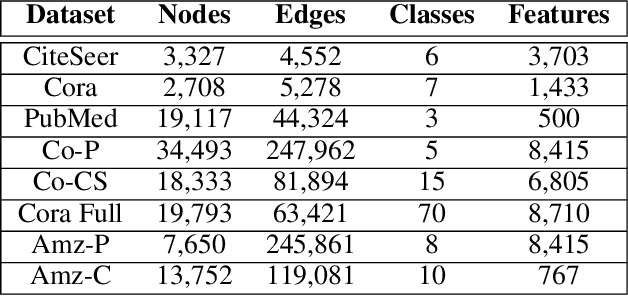
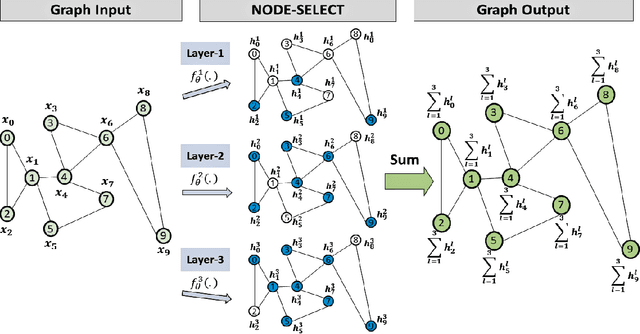
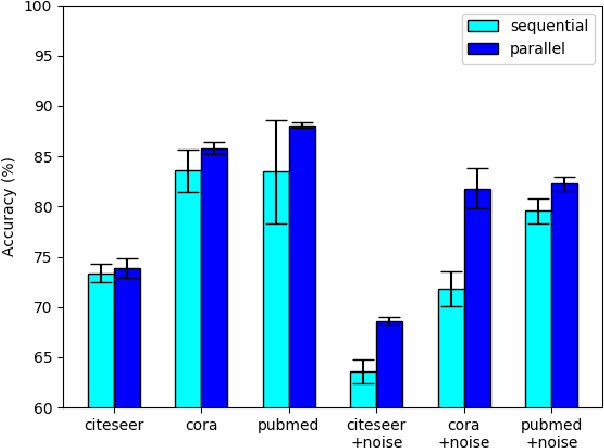

Abstract:While there exists a wide variety of graph neural networks (GNN) for node classification, only a minority of them adopt mechanisms that effectively target noise propagation during the message-passing procedure. Additionally, a very important challenge that significantly affects graph neural networks is the issue of scalability which limits their application to larger graphs. In this paper we propose our method named NODE-SELECT: an efficient graph neural network that uses subsetting layers which only allow the best sharing-fitting nodes to propagate their information. By having a selection mechanism within each layer which we stack in parallel, our proposed method NODE-SELECT is able to both reduce the amount noise propagated and adapt the restrictive sharing concept observed in real world graphs. Our NODE-SELECT significantly outperformed existing GNN frameworks in noise experiments and matched state-of-the art results in experiments without noise over different benchmark datasets.
Global Attention based Graph Convolutional Neural Networks for Improved Materials Property Prediction
Mar 11, 2020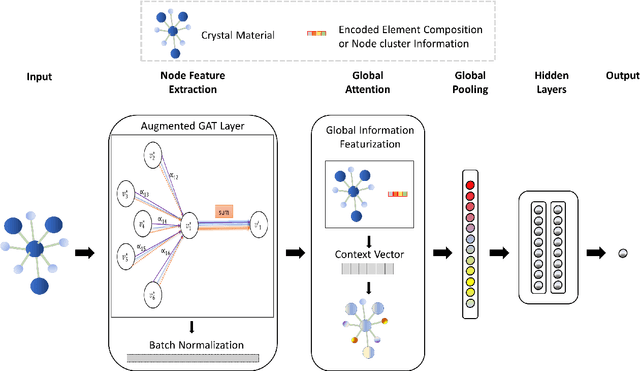
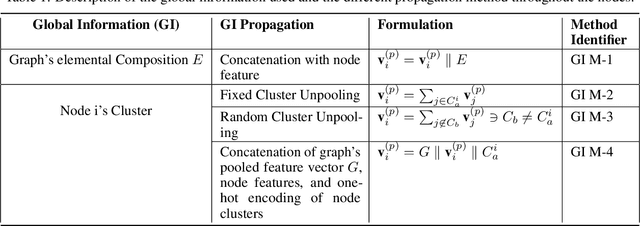


Abstract:Machine learning (ML) methods have gained increasing popularity in exploring and developing new materials. More specifically, graph neural network (GNN) has been applied in predicting material properties. In this work, we develop a novel model, GATGNN, for predicting inorganic material properties based on graph neural networks composed of multiple graph-attention layers (GAT) and a global attention layer. Through the application of the GAT layers, our model can efficiently learn the complex bonds shared among the atoms within each atom's local neighborhood. Subsequently, the global attention layer provides the weight coefficients of each atom in the inorganic crystal material which are used to considerably improve our model's performance. Notably, with the development of our GATGNN model, we show that our method is able to both outperform the previous models' predictions and provide insight into the crystallization of the material.
Machine Learning based prediction of noncentrosymmetric crystal materials
Feb 26, 2020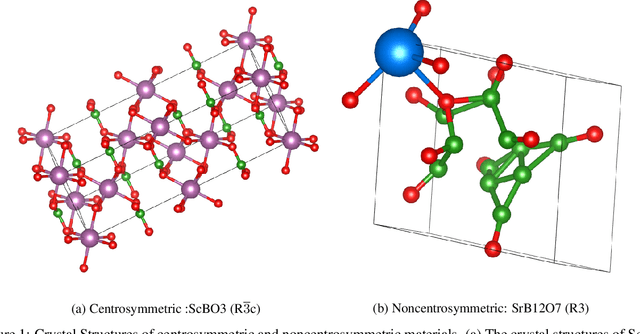
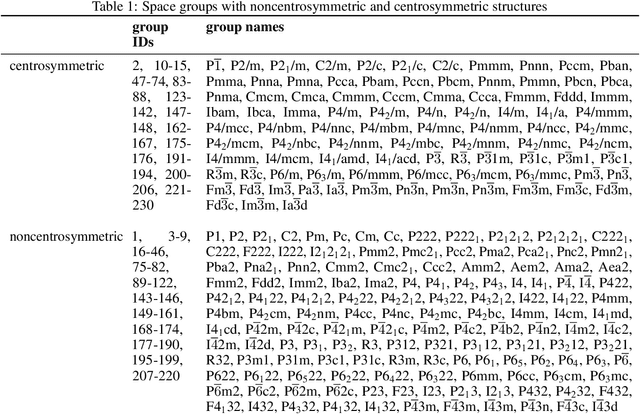
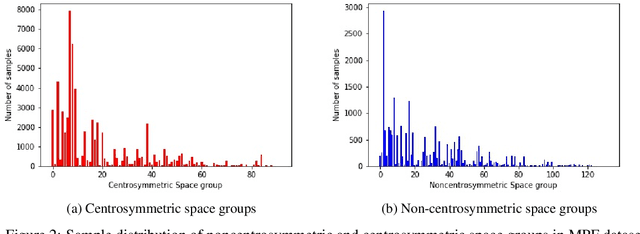

Abstract:Noncentrosymmetric materials play a critical role in many important applications such as laser technology, communication systems,quantum computing, cybersecurity, and etc. However, the experimental discovery of new noncentrosymmetric materials is extremely difficult. Here we present a machine learning model that could predict whether the composition of a potential crystalline structure would be centrosymmetric or not. By evaluating a diverse set of composition features calculated using matminer featurizer package coupled with different machine learning algorithms, we find that Random Forest Classifiers give the best performance for noncentrosymmetric material prediction, reaching an accuracy of 84.8% when evaluated with 10 fold cross-validation on the dataset with 82,506 samples extracted from Materials Project. A random forest model trained with materials with only 3 elements gives even higher accuracy of 86.9%. We apply our ML model to screen potential noncentrosymmetric materials from 2,000,000 hypothetical materials generated by our inverse design engine and report the top 20 candidate noncentrosymmetric materials with 2 to 4 elements and top 20 borate candidates
 Add to Chrome
Add to Chrome Add to Firefox
Add to Firefox Add to Edge
Add to Edge